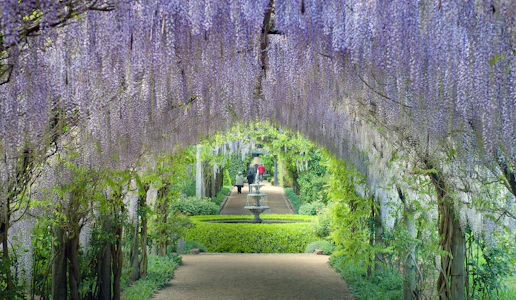
Cockatoo
Cockatoo, originally named Cockatoo Creek, was first settled in the 1870s by gold prospectors and timber merchants. It is part of the Shire of Cardinia and is close to suburbs such as Gembrook, Narre Warren and Emerald.
In 1900, the narrow-gauge railway was built from Upper Ferntree Gully to Gembrook. Cockatoo Station was an important loading place for the timber and sawmills in the region and from 1935, Italian farmers came to the area to grow potatoes, onions and strawberries in the rich, red soil and utilise the Cockatoo railway station for delivering produce. The railway closed by the 1950s and in 1962 reopened as the historic and iconic Puffing Billy Railway, which still uses the same narrow-gauge railway.
Cockatoo was one of the worst-hit townships during the 1983 Ash Wednesday Bushfires, where tragically 6 lives and hundreds of buildings were lost. Today, it’s recovered as a residential town with a full range of community services, social groups and sporting clubs for its population of over 4,000 residents. Even as it’s burst back to life, it has retained its charm and remains popular for bushwalkers, and those keen on Australian native birds (as the name suggests, they’re easily spotted here.)
Things to See & Do Near Cockatoo

Australian Heritage Festival, Connections at Grants Picnic Ground

Bunjil Place

Bunyip State Park

Carinya Park

Cultural Craft Workshop

Grants on Sherbrooke

High Tea at Grants on Sherbrooke

Kallista General Store and Cellars

Kurth Kiln Regional Park

Larnook at Sherbrooke

Monbulk Wine Store

Nurture Creek

Oaks Tiny House

Seven Acre Rock

Women’s Emu Feather Head Dress Workshop









































